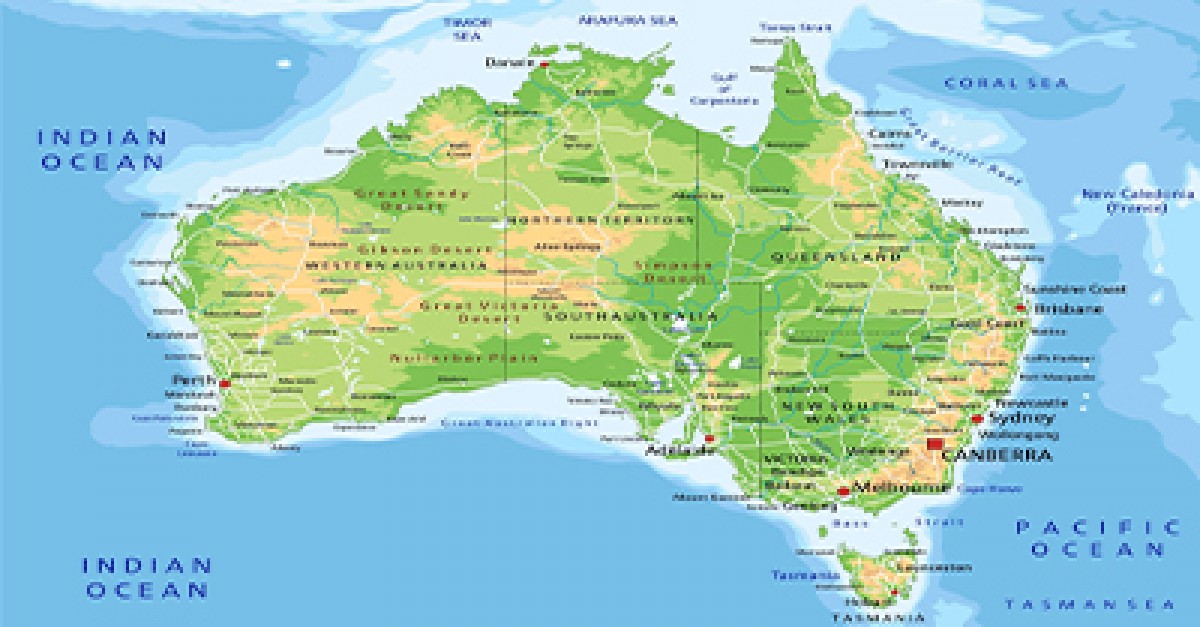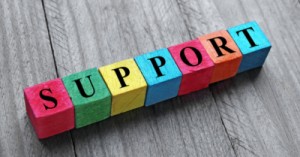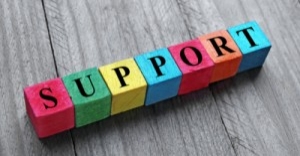First Languages Australia, in partnership with local language centres across Australia, has developed an interactive map to display and promote the diversity of Aboriginal and Torres Strait Islander languages. Gambay (translates to "together" in the Butchulla language), showcases over 780 languages, using data contributed by regional language centres and programs working directly with language communities around Australia.
First Languages Australia is working with regional language centres nationally to develop a map of Australia’s first languages that reflects the names and groupings favoured by community.
Language centres have provided maps for their regions to be collated into this interactive map of languages and language families. Some regions have chosen to group related languages in colour to help with the sharing of language resources. The information about each language can be shared using its ‘share’ button.
Gambay has been designed and produced in a way that allows language centres and communities to update information as they require. To date, the language centres listed below have contributed to this map.
Teachers’ notes have been compiled to assist teaching about Australia’s first languages across the curriculum.
Strategies include:
English
Understand that English is one of many languages spoken in Australia and that different languages may be spoken by family, classmates and community
-
Talk to students about different ways people speak.
-
Listen to different languages spoken in your school and wider community.
-
Talk about what languages students in the classroom speak: fluently, can understand but can’t speak, know a few words etc.
-
Make a wall map of all the languages known and spoken in the classroom, being sure to include as many Aboriginal languages as possible. Add them to a world map and Australian map.
-
Use the Australian languages map to show the diversity of languages across the country.
Recognise that texts are created by authors who tell stories and share experiences that may be similar or different to students’ own experiences
-
Share stories and other texts that reflect the social, cultural and linguistic groups to which students belong.
-
Share stories by Aboriginal and Torres Strait Islander storytellers from books, online as well as from local community members. Present in a range of languages: traditional Aboriginal and Torres Strait Islander languages, creoles and other new varieties of English as well as in English.
History
Who the people in their family are, where they were born and raised and how they are related to each other (ACHASSK011)
-
Compare family structures of children in the classroom including the names given to family members: mother, father, grandparents and siblings etc. in different dialects and languages, including Aboriginal and Torres Strait Islander languages.
-
Create family trees with students including nuclear and extended families, using drawings, photos and label with language names.
-
Be explicit about the linguistic similarities and the differences. Celebrate both.
-
Explore and present other families in the school community, the wider community as well as nationally and internationally including Aboriginal and Torres Strait Islander families from a variety of languages groups.
-
Share family stories of children in the classroom and identify the languages and countries from which they come on the world map and the Australian languages map.
-
Recognise and value oral traditions passed down from generation to generation and their relevance to the past as well as to the present and the future. Listen to them in a variety of languages including Aboriginal and Torres Strait Islander languages, both traditional and new language varieties such as creoles.
Geography
The representation of the location of places and their features on simple maps and models.
-
Explore the variety of ways Aboriginal and Torres Strait Islander Peoples represent the location of Country/Place and their features from a range of language groups. For example, by the variety of styles of inscriptions on stone, stories, sand, bark and cave paintings as well as through song, music and dance.
The Aboriginal or Torres Strait Islander Country/Place on which the school is located and why Country/Place is important to Aboriginal and Torres Strait Islander Peoples
-
Invite traditional custodians and local Aboriginal and Torres Strait Islander people to talk about the importance of country, place and language to them.
-
Work with Aboriginal people and Torres Strait Islander people to find out about places in the local area / region / state that have significance for them. Find out the language names for these places (where appropriate) and add them to your class maps.
The reasons why some places are special to people, and how they can be looked after
-
Identify places students and their families consider to be ‘special’ and discuss how they look after them.
-
Work with Aboriginal or Torres Strait Islander families and groups to locate places of family significance and how they look after them (these could include historical sites, places for hunting, meeting places, bush camps, reconciliation gardens etc.) Learn the languages names (where available and appropriate).
-
Identify and use the name of the local Aboriginal/Torres Strait Islander custodians and other Language Groups in the area.
-
Identifying how and why the words Country/Place are used by Aboriginal and Torres Strait Islander Peoples for the places to which they belong and learn the local language word/s for these terms (where available and appropriate).
Mathematics
Establish understanding of the language and processes of counting by naming numbers in sequences, initially to and from 20, moving from any starting point.
-
Read stories from languages and cultures that students in the class are connected to and that feature counting in sequence to assist students to recognise ways of counting in different languages and across cultures.
-
Include the counting systems of Aboriginal and Torres Strait Islander languages and cultures.
Science
Daily and seasonal changes in our environment, including the weather, affect everyday life
-
Consider Aboriginal and Torres Strait Islander language groups from across the country and how their concepts of time and weather patterns explain how things happen in the world around them (see Indigenous Weather Knowledge on BOM site).
-
Invite Aboriginal and Torres Strait Islander people in your school community or region to share their ideas about weather and time and learn appropriate language words that can be incorporated into daily class
To access the map: Gambay
For more information: Gambay - First Languages Map
For Teacher's Notes: Gambay - First Languages Map
Reference:
Gambay, First Languages Australia, Australian Government's Indigenous Languages and Arts Program







 On 10 December 2025, the Fair Work Commission issued a major determination affecting the Children’s Services Award 2010 (MA000120). These changes form part of the
On 10 December 2025, the Fair Work Commission issued a major determination affecting the Children’s Services Award 2010 (MA000120). These changes form part of the Over the next five years, educators across the sector will see steady, structured wage increases designed to lift pay to the new benchmark rates for
Over the next five years, educators across the sector will see steady, structured wage increases designed to lift pay to the new benchmark rates for The Fair Work Commission has introduced important changes to how cooks are classified and paid under the Children’s Services Award 2010. These changes recognise that
The Fair Work Commission has introduced important changes to how cooks are classified and paid under the Children’s Services Award 2010. These changes recognise that At the centre of this case is an incident captured on CCTV at an early learning service in Bathurst, where 18‑year‑old educator Hayley Kelleher grabbed
At the centre of this case is an incident captured on CCTV at an early learning service in Bathurst, where 18‑year‑old educator Hayley Kelleher grabbed